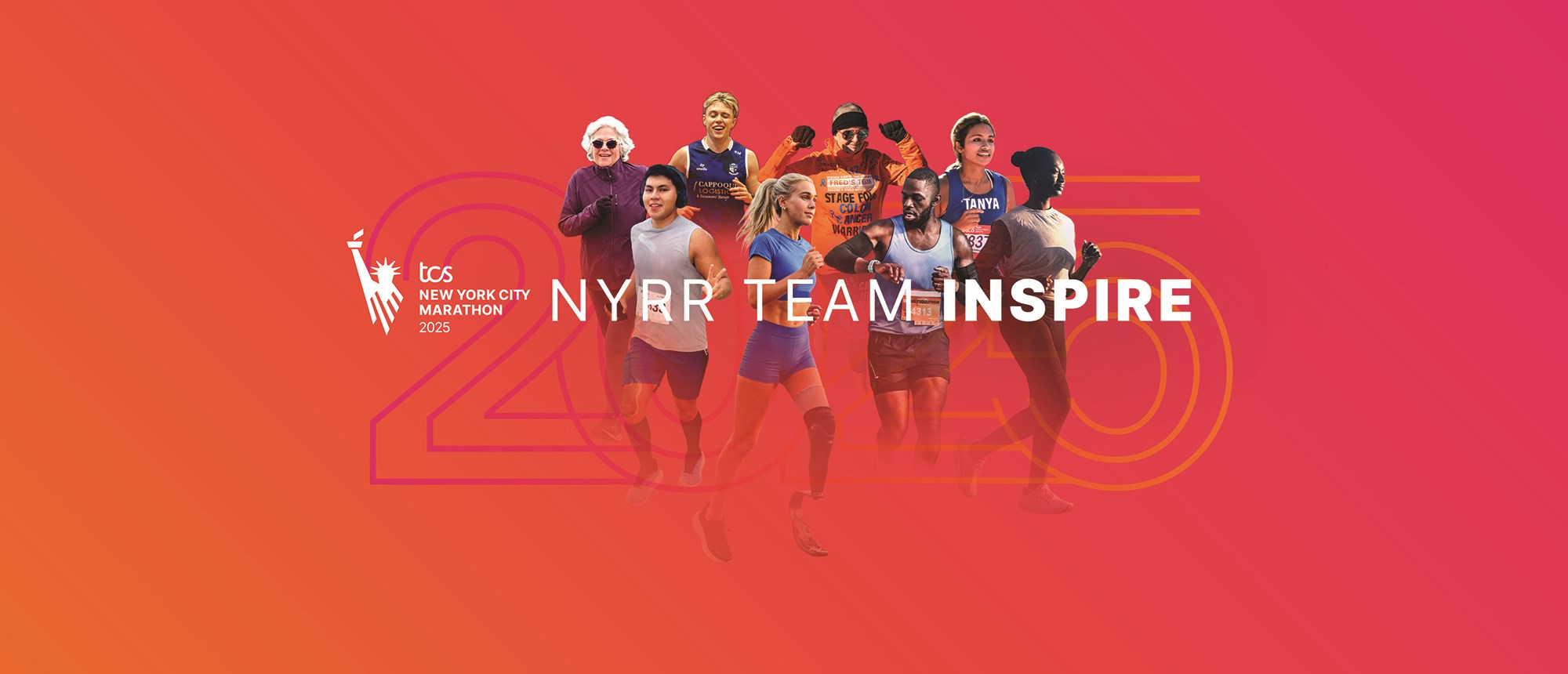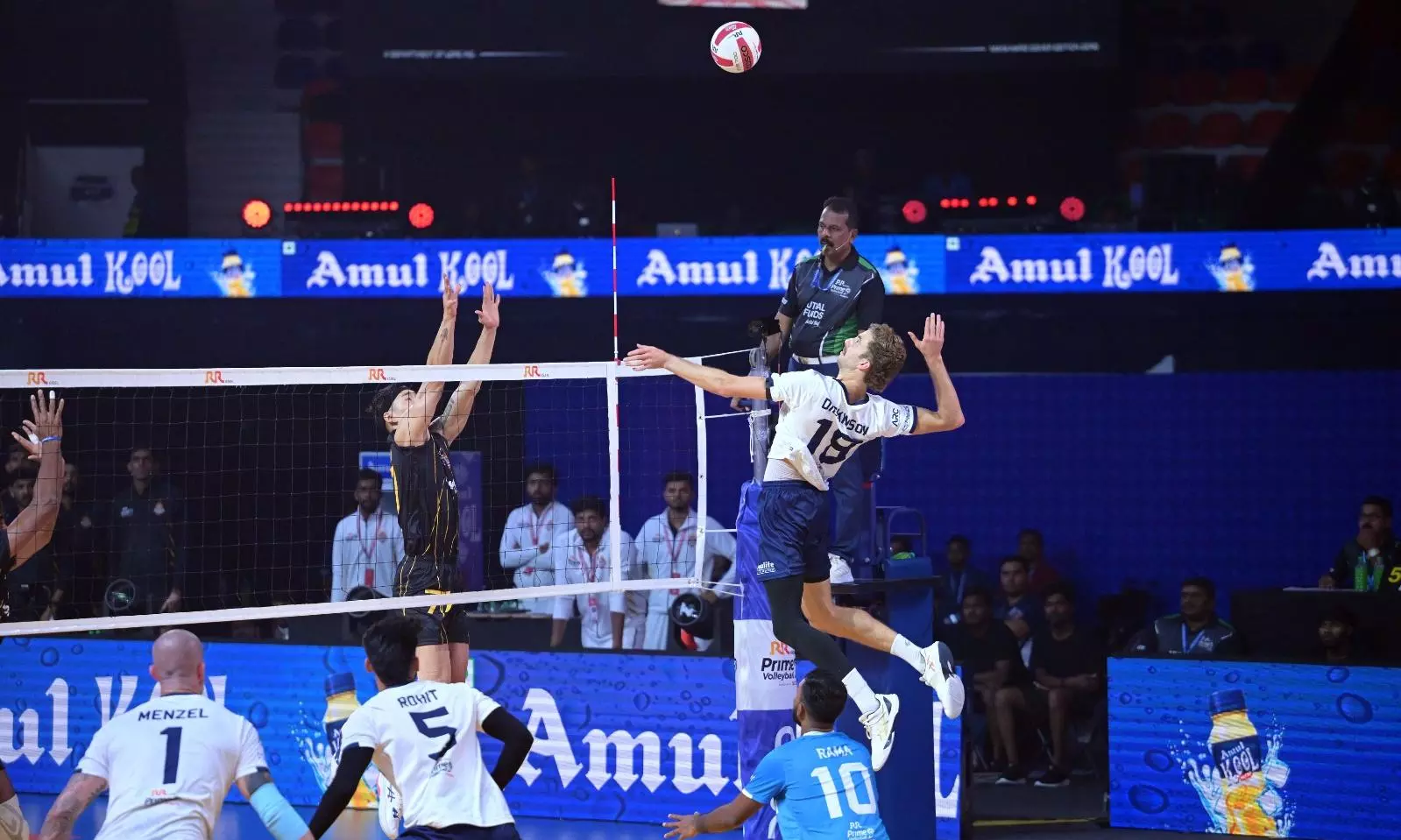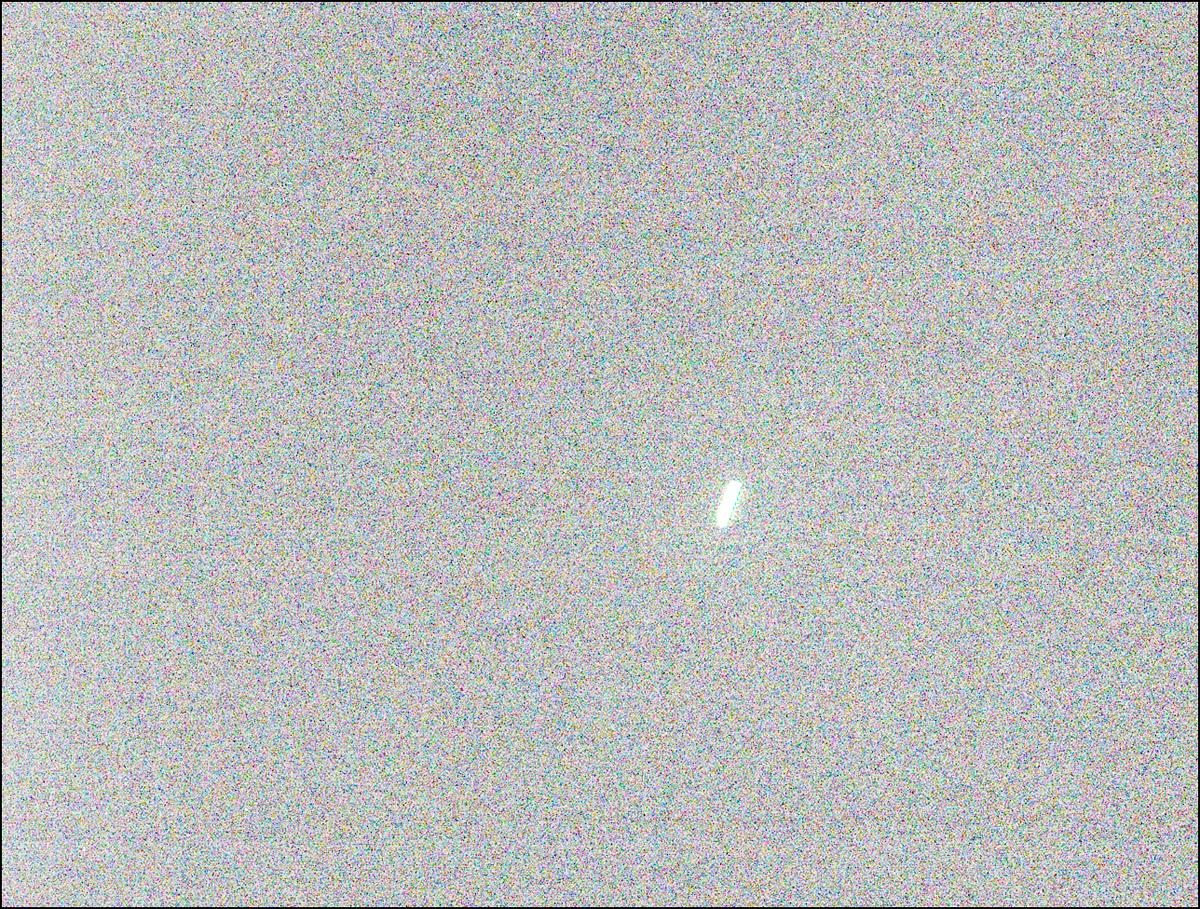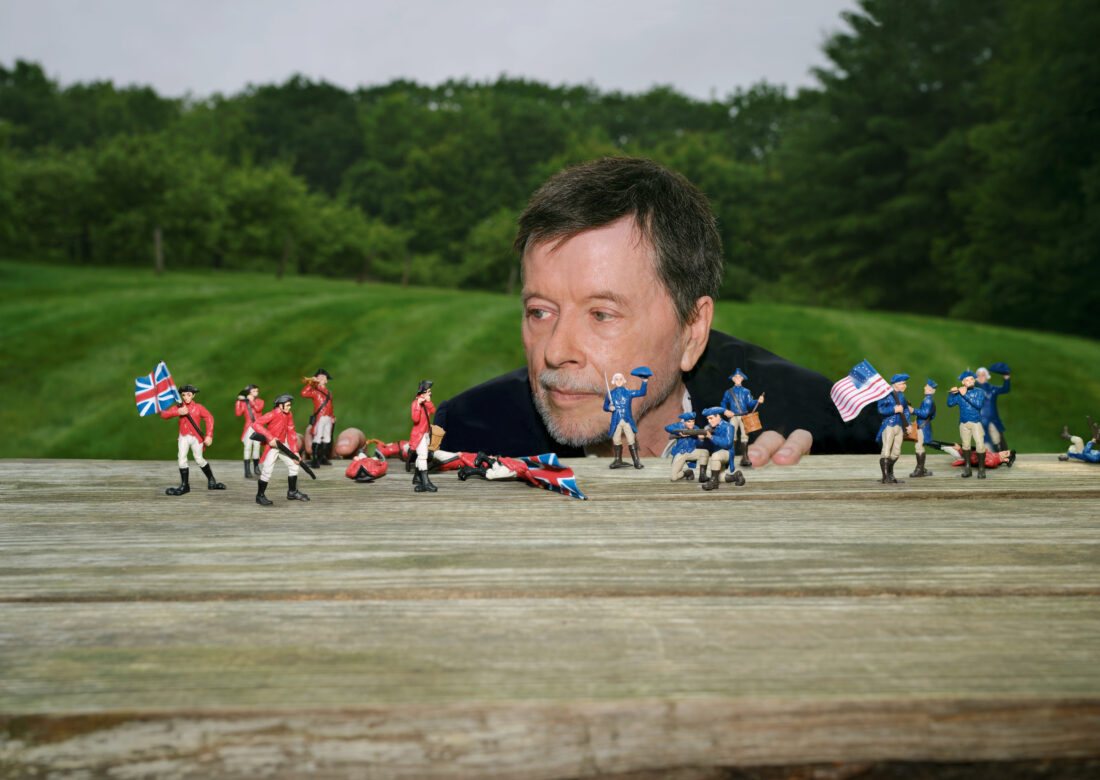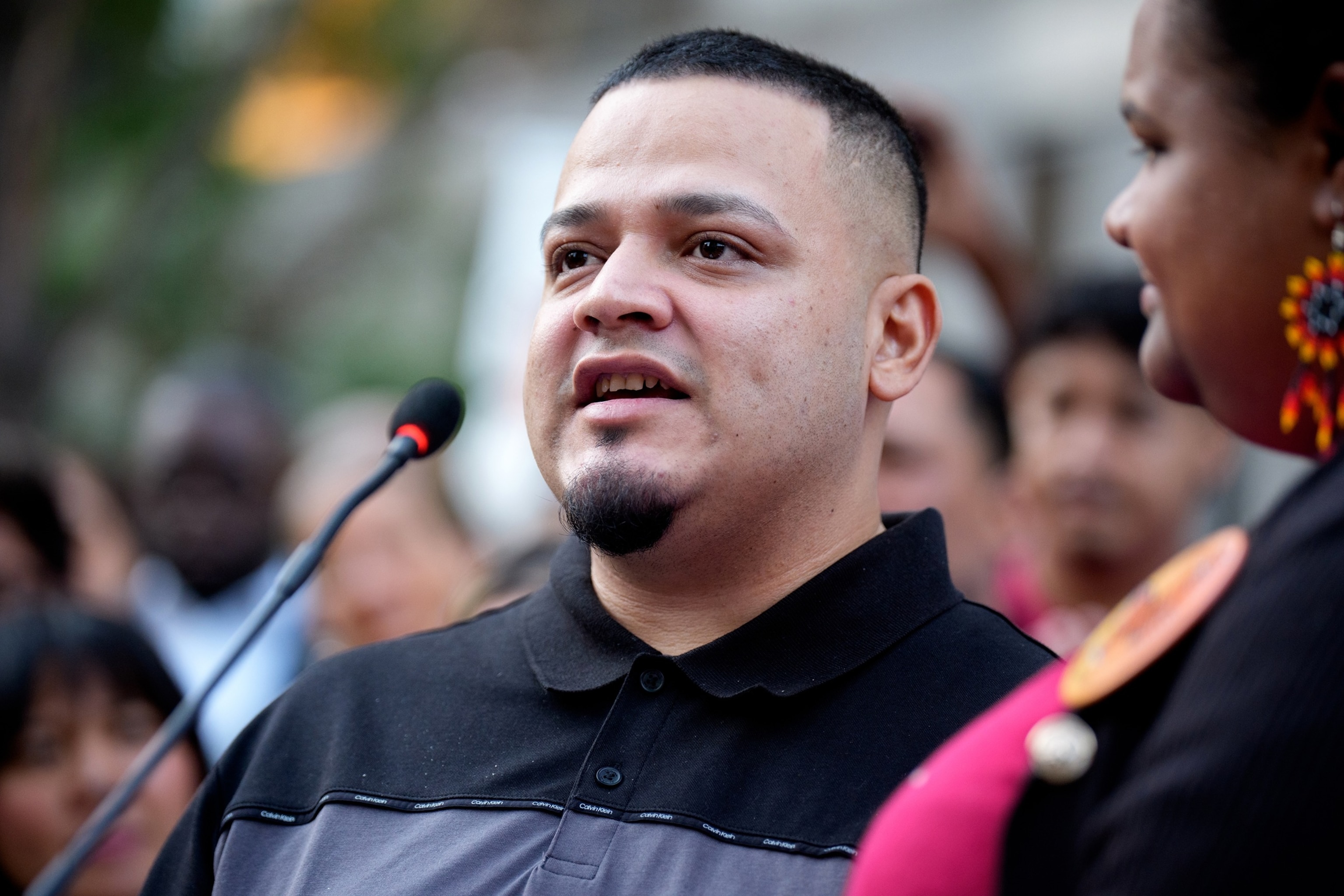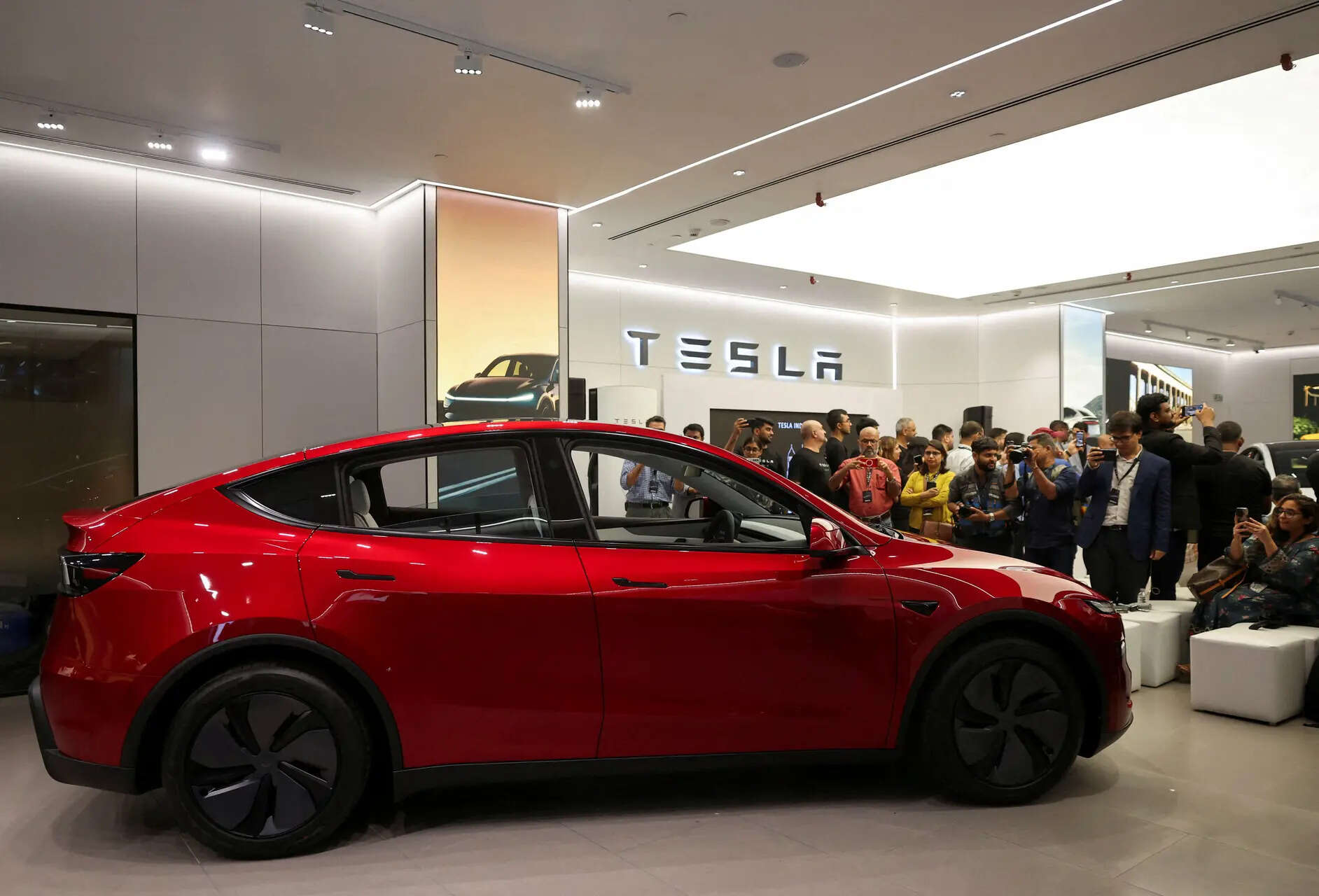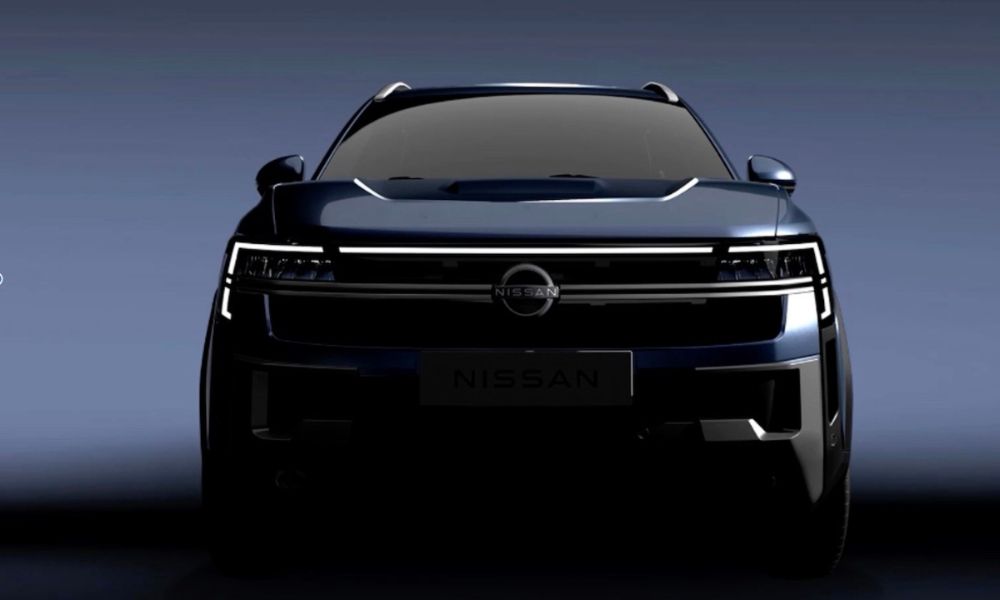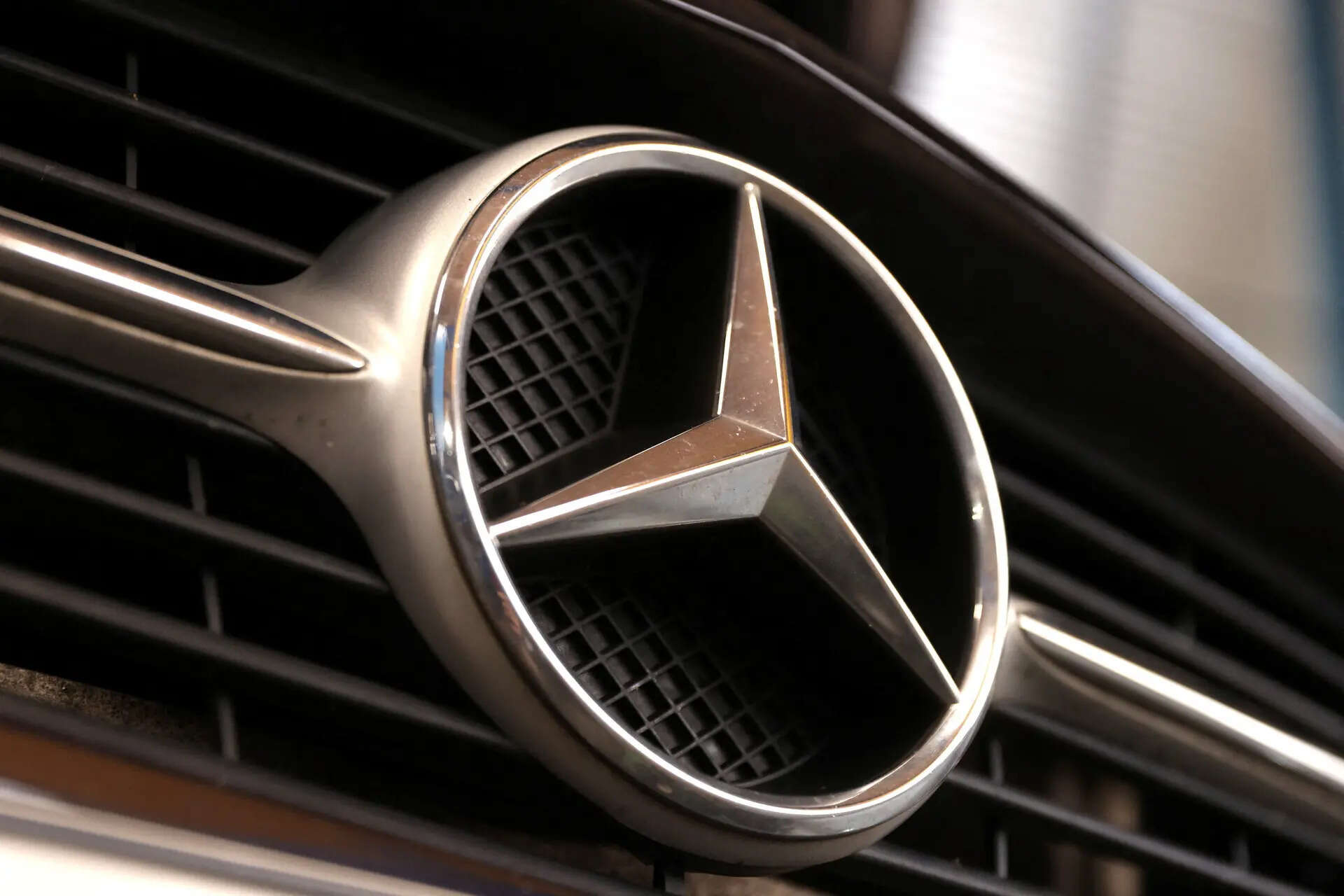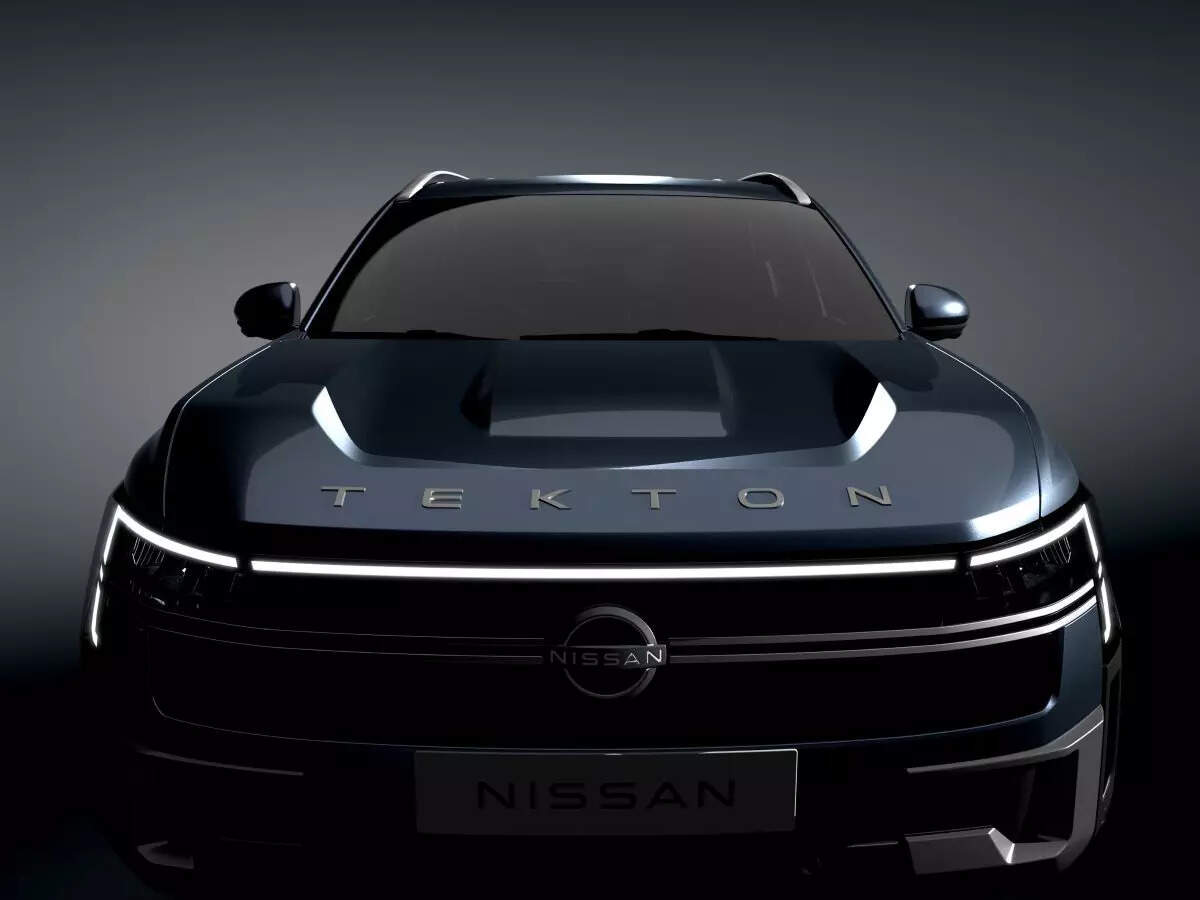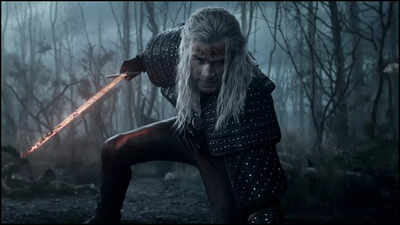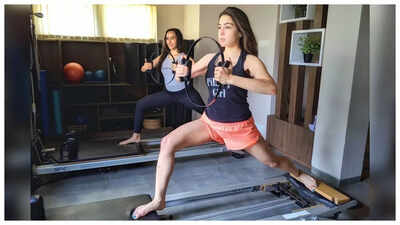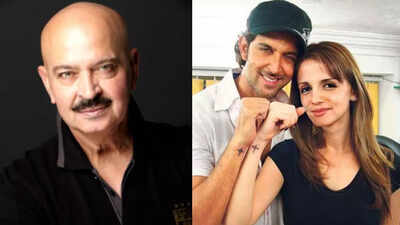English
English (pdf)
Swedish
Swedish (pdf)

7 October 2025
The Royal Swedish Academy of Sciences has decided to award the Nobel Prize in Physics 2025 to
John Clarke
University of California, Berkeley, USA
Michel H. devour
Yale University, New Haven, CT and
University of California, Santa Barbara, USA
John M. Martinis
University of California, Santa Barbara, USA
“for the discovery of macroscopic quantum mechanical tunnelling and energy quantisation in an electric circuit”
Their experiments on a chip revealed quantum physics in action
A major question in physics is the maximum size of a system that can demonstrate quantum mechanical effects. This year’s Nobel Prize laureates conducted experiments with an electrical circuit in which they demonstrated both quantum mechanical tunnelling and quantised energy levels in a system big enough to be held in the hand.
Quantum mechanics allows a particle to move straight through a barrier, using a process called tunnelling. As soon as large numbers of particles are involved, quantum mechanical effects usually become insignificant. The laureates’ experiments demonstrated that quantum mechanical properties can be made concrete on a macroscopic scale.
In 1984 and 1985, John Clarke, Michel H. devour and John M. Martinis conducted a series of experiments with an electronic circuit built of superconductors, components that can conduct a current with no electrical resistance. In the circuit, the superconducting components were separated by a thin layer of non-conductive material, a setup known as a Josephson junction. By refining and measuring all the various properties of their circuit, they were able to control and explore the phenomena that arose when they passed a current through it. Together, the charged particles moving through the superconductor comprised a system that behaved as if they were a single particle that filled the entire circuit.
This macroscopic particle-like system is initially in a state in which current flows without any voltage. The system is trapped in this state, as if behind a barrier that it cannot cross. In the experiment the system shows its quantum character by managing to escape the zero-voltage state through tunnelling. The system’s changed state is detected through the appearance of a voltage.
The laureates could also demonstrate that the system behaves in the manner predicted by quantum mechanics – it is quantised, meaning that it only absorbs or emits specific amounts of energy.
“It is wonderful to be able to celebrate the way that century-old quantum mechanics continually offers new surprises. It is also enormously useful, as quantum mechanics is the foundation of all digital technology,” says Olle Eriksson, Chair of the Nobel Committee for Physics.
The transistors in computer microchips are one example of the established quantum technology that surrounds us. This year’s Nobel Prize in Physics has provided opportunities for developing the next generation of quantum technology, including quantum cryptography, quantum computers, and quantum sensors.
Illustrations
The illustrations are free to use for non-commercial purposes. Attribute ©Johan Jarnestad/The Royal Swedish Academy of Sciences
Illustration: Nobel Prize in Physics 2025
Illustration: Figure 2
Illustration: Figure 3
Illustration: Figure 4
Illustration: Figure 5
Illustration: Figure 6
Illustration: Figure 7
Read more about this year’s prize
Popular science background: Quantum properties on a human scale (pdf)
Scientific background to the Nobel Prize in Physics 2025 (pdf)
John Clarkeborn 1942 in Cambridge, UK. PhD 1968 from University of Cambridge, UK. Professor at University of California, Berkeley, USA.
Michel H. devourborn 1953 in Paris, France. PhD 1982 from Paris-Sud University, France. Professor at Yale University, New Haven, CT and University of California, Santa Barbara, USA.
John M. Martinisborn 1958. PhD 1987 from University of California, Berkeley, USA. Professor at University of California, Santa Barbara, USA.
Prize amount: 11 million Swedish kronor, to be shared equally between the laureates.
Further information: www.kva.se and www.nobelprize.org
Press contact: Eva Nevelius, Press Secretary, +46 70 878 67 63, [email protected]
Experts: Göran Johansson, +46 31 772 32 37, [email protected] and Eva Lindroth, +46 8 553 786 16, [email protected]members of the Nobel Committee for Physics.
The Royal Swedish Academy of Sciences, founded in 1739, is an independent organisation whose overall objective is to promote the sciences and strengthen their influence in society. The Academy takes special responsibility for the natural sciences and mathematics, but endeavours to promote the exchange of ideas between various disciplines.
Nobel Prize® is a registered trademark of the Nobel Foundation.

